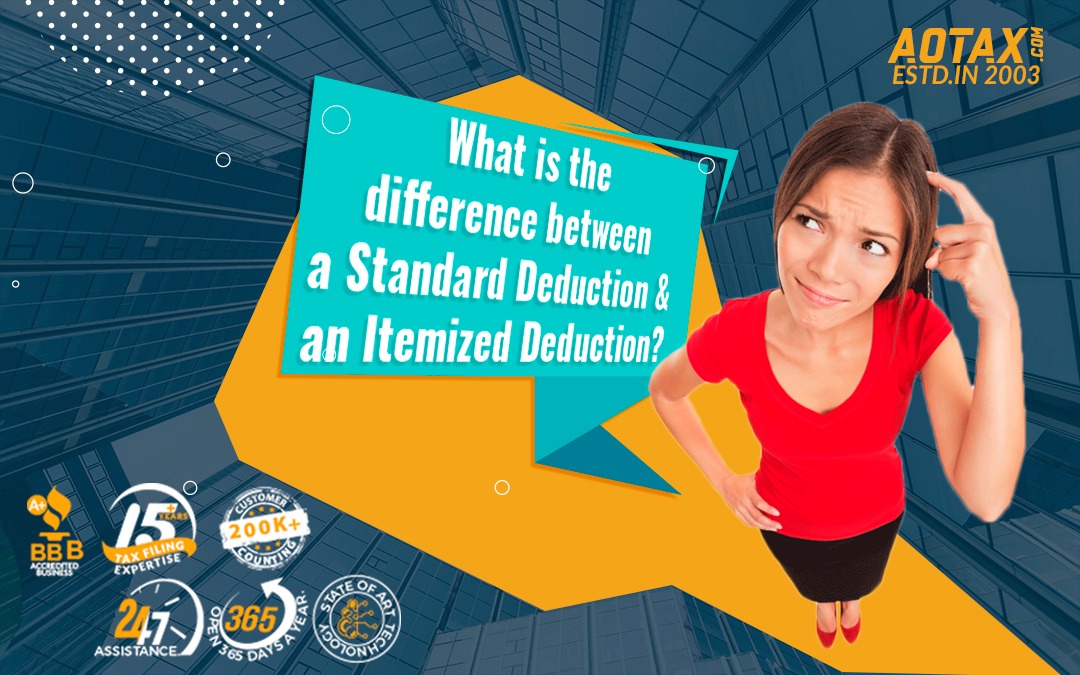Understanding the New 2019 Federal Income Tax Brackets And Rates
Understanding the new 2019 federal income tax brackets and rates.The income tax filing season for 2018 is just around the corner. However, the IRS has gone one step ahead and published the modifications for the year 2019. The modifications include changes to the Federal Income Tax brackets and enhancement of limits for certain tax credits. The intent of these modifications is to make them inflation proof.
There are some chances that you might get confused, but don’t be. During the tax filing season, you would be primarily focusing on income tax related activities for the year 2018. The current modifications implemented by the IRS will be applicable from the 1st of January. Which means, that you do not immediately have to worry about them. Your first focus should be to complete the tax returns for 2018 in a smooth manner.
Once you are done with filing your taxes for 2018, you can shift your focus to 2019. Since there are some modifications, you might have to make some changes with respect to tax estimations if you are self-employed or to your withholding taxes.
What is the need for changes?
There is a term called indexing in the tax code, which calls for regular modifications to the tax brackets. Every year the IRS adjusts the tax brackets so as to account for inflation. A good example of the same would be, if the inflation for the previous year was 2%, the enhanced tax brackets would be approximately 2%.
If you were to consider numbers, the following example would be a better representation. Take for an example that the taxable income for a bracket starts at $50,000. If the country were to witness inflation of 2% in the previous year, the IRS would adjust the same tax bracket to $51,000. The IRS usually rounds off the numbers. The IRS would usually round off the numbers in increments of $25, $50 or $100 depending on the needs.
The whole intent of these modifications is to get rid of a concept called bracket creep. According to bracket creep, you will end up getting into a higher tax bracket with raises in your pay. Even though the pay would be just enough to beat the inflation, you will end up paying higher taxes. Indexing ensures that you stay in the same tax bracket after accounting for inflation.
Till the year 2017, indexing would use the data from CPI or customer price index to adjust the inflations. However, the recently passed Tax Cuts and Jobs Act of 2017ensures that the C-CPI is considered for the indexing. C-CPI stands for Chained Consumer Price Index.
The indexing is not only applicable to tax brackets but also to other tax numbers such as alternative minimum tax and standard deduction etc.
Updated Tax Bracket
Following is the detailed tax bracket for the year 2019. With the help of indexing, the brackets have approximately gone up by 2%.
-
10% tax bracket
- For someone who is single and earns up to $9,700.
- For someone who is married filing jointly or any qualifying widow earning up to $19,400.
- For someone who is married filing separately earning up to $9,700.
- For someone who is the head of the household and earns up to $13,850.
-
12% tax bracket
- For someone who is single and earns between $9,701 and $39,475.
- For someone who is married filing jointly or any qualifying widow earning between $19,401 and $78,950.
- For someone who is married filing separately earning between $9,701 and $39,475.
- For someone who is the head of the household and earns between $13,851 and $52,850.
-
22% tax bracket
- For someone who is single and earns between $39,476 and $84,200.
- For someone who is married filing jointly or any qualifying widow earning between $78,951 and $168,400.
- For someone who is married filing separately earning between $39,476 and $84,200.
- For someone who is the head of the household and earns between $52,851 and $84,200.
-
24% tax bracket
- For someone who is single and earns between $84,201 and $160,725.
- For someone who is married filing jointly or any qualifying widow earning between $168,401 and $321,450.
- For someone who is married filing separately earning between $84,201 and $160,725.
- For someone who is the head of the household and earns between $84,201 and $160,700.
-
32% tax bracket
- For someone who is single and earns between $160,726 and $204,100.
- For someone who is married filing jointly or any qualifying widow earning between $321,451 and $408,200.
- For someone who is married filing separately earning between $160,726 and $204,100.
- For someone who is the head of the household and earns between $160,701 and $204,100.
-
35% tax bracket
- For someone who is single and earns between $204,101 and $510,300.
- For someone who is married filing jointly or any qualifying widow earning between $408,201 and $612,350.
- For someone who is married filing separately earning between $204,101 and $306,175.
- For someone who is the head of the household and earns between $204,101 and $510,300.
-
37% tax bracket
- For someone who is single and earns above $510,301.
- For someone who is married filing jointly or any qualifying widow earning above$612,351.
- For someone who is married filing separately earning above $306,176.
- For someone who is the head of the household and earns above $510,301.
Capital Gains
The taxation for capital gains works differently than income taxes. While there are about 7 tax brackets for income, there are merely 3 tax brackets when it comes to capital gains. And they range between 0 to 20%. People with considerable income from capital gains enjoy these benefits.
Since the capital gains tax is lower income tax, it is favorable for investors. The following is the updated tax brackets for capital gains.
-
0% tax rate
- For someone who is single, and the earning is less than $39,375.
- For someone who is married filing jointly, and the earning is less than $78,750.
- For someone who is the head of a household and the earning is less than $52,750.
-
15% tax rate
- For someone who is single, and the earning is between $39,376 and $434,550.
- For someone who is married filing jointly, and the earning is between $78,751 and $488,850.
- For someone who is the head of a household and the earning is less than $52,751 and $461,700.
-
20% tax rate
- For someone who is single, and the earning is above $434,551.
- For someone who is married filing jointly, and the earning is above $488,851.
- For someone who is the head of a household and the earning is above $461,701.
Standard Deductions
As per the new tax laws, personal exemptions have been completely eliminated. Until 2017, you could claim up to $4,050 for yourself, spouse or dependent children, it no longer is valid.
The standard deductions have replaced it and they are roughly twice the amount. The following is updated standard deduction.
| Status of Filing |
Fiscal Year 2018 |
Fiscal Year 2019 |
| Single |
$12,000 |
$12,200 |
| Married filing jointly |
$24,000 |
$24,400 |
| Head of the household |
$18,000 |
$18,350 |
Other Changes
Alternative Minimum Tax
The alternative minimum tax or AMT came into existence in the 1960s to levy taxes on individuals who took a lot of tax breaks. In the event that these individuals were to exceed a certain limit, the second set of taxes would be applicable if their income were to be calculated normally.
As per the tax code, there is an income exemption for AMT. Any amount below this would not be applicable. As is the case with all other figures, the AMT is also indexed for inflation. Following are the updated numbers.
- For single taxpayers, the exemption amount stands at $71,700 and the phaseout begins at $510,300.
- For taxpayers who are married and filing jointly, the exemption amount stands at $111,700 and the phaseout begins at $1,020,600.
Contributions Towards Retirement
For the year 2019, the base contribution levels are being increased by $500. Yet, the catchup contributions for individuals above 50 remains the same. This is how the retirement contributions will look like.
- IRA contributions stand at $6,000 versus $5,500 for the previous year. There is also a provision of $1,000 as catch-up if you are older than 50 years.
- For employer-sponsored plans, such as 401(k), 403(b), 457 etc. the amount is $19,000 which is an increase over the current $18,500. And you can opt for a $6,000 catchup if you are older than 50 years.
There are certain other modifications as well. Such as the lifetime gift and estate tax exemption will see an increase to $11.4 million from the current $11.18 million. The annual gift exclusion of $15,000 remains as it is.
Even though they might seem small, these modifications ensure that you are not impacted by the inflation. If you are currently occupied with the 2018 tax filing, it is better to return at a later date and revisit the clauses.



Recent Comments